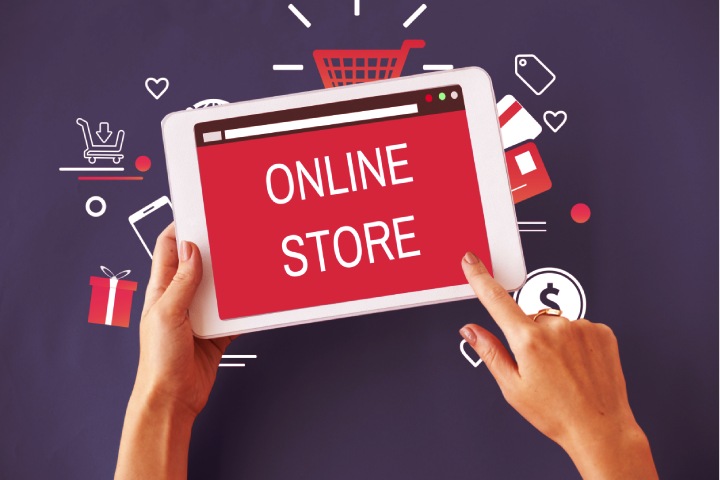How To Sell Online – Tips For Your Online Store

Thanks to the tips and tools that we analyze in “Aspects to take into account before setting up an online store,” we know that our product has the potential to be sold on the Internet and that we are competitive. Once we have chosen an electronic commerce platform, there are a series of elements that we must take into account to ensure that the client trusts us to make their purchase. In today’s post, we will reveal the keys to how to sell on the Internet, focusing on those aspects related to customer orientation:
1. Refrain from distracting attention: We often want a user to see an offer or the new chat we have integrated, and we dedicate ourselves to displaying very striking (and annoying) banners to attract the user’s attention. We will ensure that the client does not pay attention to the product he wants to buy (which is what we had the best chance of selling him). You may get angry for bothering you with our banner. Perhaps you forgot the product you wanted to buy. In short, we will have increased the possibility that they will be distracted from the product and leave the page. If someone wants to buy something, show it to them and make it easy for them to buy. Please do not insist on showing him what is important to you and not to him.
2. Build trust: This point is one of the most important. Let’s not forget that people are suspicious on the Internet: they don’t know who is behind an online store, it is not clear that they will not be deceived, they cannot touch the product, and they have doubts as to whether it will arrive in good condition. It is essential to eliminate all doubts that may prevent a customer from buying.
Let’s see some examples:
- The form of contact with the store must always be visible: A statistic from a few years ago reported that Apple decided to incorporate the contact telephone number into its online store throughout the purchase process. Completed purchasing processes increased by 30%, and calls increased by 5%. People don’t want to call so much; they want to know they can call if they have a problem.
- Clear shipping costs: You must give the information on shipping costs as soon as possible. If the client does not see them, they will always think that later they will “nail” them with said expenses.
Use trust seals: Different voting and classification systems for electronic commerce incorporate the seals of credit cards or the bank with which the payment gateway is located. They are familiar logos to the user and give them peace of mind. - Humanize the Web: The use of comments from buyers of the Web, expert opinions, and presentation of the human team behind the store. All this helps the buyer know that people behind the store and other people like him have bought successfully.
3. Request the fair and necessary information: If I go to a supermarket in my city and make a purchase, I only have to pay. They do not ask me for the date of birth or the ID. If I ask for the purchase to be brought home, they will ask me for my address and what time I will be there for them to deliver it to me, at most the telephone number in case of a problem. But they won’t ask me to register as a supermarket customer and choose a password, give ID, my marital status, and the number of children I have. In all online stores, you must allow a purchase without registration and request only the information necessary for the sale. If your tax advisor says that the DNI is needed because you must issue an invoice, look for another because it is not true. Supermarkets and any store you go to sell you do not issue you an invoice unless you ask for it; they make you a ticket (or simplified invoice); on the Internet, you can do the same. In a store for which we carried out web analytics, we made the telephone number not mandatory and added the following text “(We will not bother you; the telephone number is for the courier company”; the completed purchase processes increased by 10%.
There are many more things to tell about customer orientation in online stores, but the easiest thing is to put yourself in the buyer’s place. To know how to sell online, we must think about what we like and what bothers us when buying online. Treat your customers as you would like to be treated.
Also Read: Strategic Tips To Leverage Instagram In B2B Strategy






